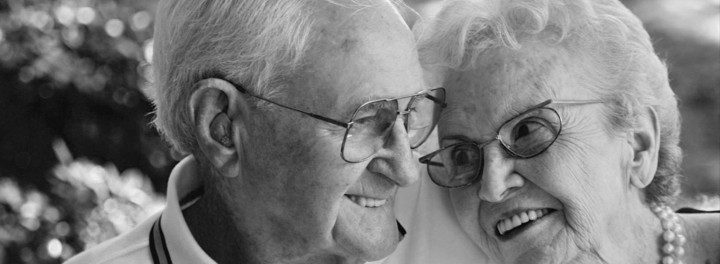This article is from the Australian Property Journal archive
AGED care provider Regis Healthcare swung to a full-year loss and said it cannot continue to cover costs that are underfunded by the government, as it awaits transition of funding models before offering FY23 guidance.
Regis posted a $38.8 million net loss after tax, after last year’s $19.9 million profit, including $42.7 million amortisation of operation places.
Revenue from services lifted 3.4% to $725.3 million and underlying EBITDA increased 8.3% to $78.1 million.
“The company has managed the challenging operating environment as well as possible given the circumstances but cannot continue to cover costs that are underfunded by government,” said Regis’ managing director and chief executive officer, Dr Linda Mellors.
“The additional Government Basic Daily Fee funding from 1 July 2021 was largely offset by the shortfall between Enterprise Agreement increases and inadequate government funding indexation, as well as increased consumables, compliance and reporting costs.
“The regulatory reporting and compliance requirements and costs will increase further as part of the upcoming transition from ACFI to the AN-ACC funding model.”
The model is part of the Australian government’s $17.7 billion five-year aged care reform program in response to the Royal Commission.
“Given insufficient clarity over the financial impact of the new AN-ACC funding model, the ongoing challenges of the COVID-19 pandemic and labour shortages, the board does not believe it prudent to put forward any earnings guidance at this stage,” Mellors said.
Basic earnings per security fell from 6.63c to negative 12.9c.
Regis incurred COVID-19 outbreak costs of $27.8 million during the year, including staff expenses, personal protective equipment, infection prevention and control, and employee welfare. It received $3.2 million in COVID-19 government outbreak grants.
The Department of Health and Aged Care has advised of ongoing delays in processing COVID-19 outbreak claims.
Mellors said Regis has and will submit further COVID-19 outbreak claims of approximately $19 million to $21 million for FY22.
“Government funding has not been provided for the substantial COVID-19 preventative costs that have been incurred,” she said.
Average occupancy increased from 88.9% to 89.8% and included increased contributions from Western Australia and Victoria, offset by NSW homes that were “significantly” impacted by Omicron outbreaks in the second half of the year. The occupancy spot rate at 19th August 2022 was 91.4%.
Regis said it is “very supportive” of the creation of the new aged care peak body, the Aged & Community Care Providers Association, which came into effect last month. Meanwhile, the new government is reviewing the reform timetable while the Fair Work Commission is currently considering aged care worker pay rates.
The company said its growth strategy continues to include greenfield aged care and retirement living developments; aged care facility and home care acquisitions; expansion and reconfiguration of existing facilities; and aged care portfolio acquisition opportunities as they arise.




